Is Travertine Tabletop Worth the Price? A Comprehensive Value Analysis
Table Of Contents
- Understanding Travertine: Nature's Architectural Stone
- Pricing Factors for Travertine Tabletops
- The Benefits of Choosing a Travertine Tabletop
- Potential Drawbacks to Consider
- Value Assessment: Is It Worth the Investment?
- Maintenance and Care Requirements
- Alternatives to Travertine Tabletops
- Styling Tips for Travertine Tables
- Conclusion: Making the Right Decision
When it comes to elevating your dining or living space, few materials make a statement quite like travertine. With its natural elegance and distinctive character, travertine tabletops have become increasingly popular in contemporary home design. Yet, with price points often higher than many other table materials, a common question arises: is a travertine tabletop truly worth the investment?
This question isn't straightforward—the value of travertine extends beyond simple monetary considerations into realms of aesthetics, durability, and personal preference. Whether you're furnishing a new home or upgrading your existing furniture, understanding the complete value proposition of travertine tables can help you make a decision you'll be satisfied with for years to come.
In this comprehensive guide, we'll explore everything you need to know about travertine tabletops—from their natural composition and unique characteristics to practical considerations about maintenance, longevity, and design versatility. By the end, you'll have a clear understanding of whether this luxurious natural stone deserves a place in your home.
Understanding Travertine: Nature's Architectural Stone
Travertine is a form of limestone deposited by mineral springs, particularly hot springs. It's characterized by natural pits and a distinctive textured appearance that tells the story of its formation over thousands of years. This natural stone has been used in architecture and decor since ancient times—the Colosseum in Rome stands as perhaps the most famous example of travertine's enduring quality.
Unlike manufactured materials, each travertine slab is unique. The stone typically presents in warm, earthy tones ranging from ivory and beige to rusty oranges and rich browns. These variations aren't flaws but rather the signature of its natural origin, making each travertine tabletop a one-of-a-kind piece.
The formation process of travertine creates a porous structure, which traditionally required filling to create smooth surfaces for functional use. Modern travertine tables are typically treated and sealed to enhance durability while preserving the stone's natural character. This processing contributes to the material's cost but also to its functionality as furniture.
Pricing Factors for Travertine Tabletops
Travertine tabletops represent a premium segment in the furniture market, with prices typically ranging from $800 to $3,500 or more depending on several key factors. Understanding these factors helps clarify why travertine commands higher prices than many alternative materials.
Quality and Grade Variations
Travertine is graded based on several factors, including hardness, porosity, and visual consistency. Premium grade travertine features fewer natural voids and more consistent coloration, commanding higher prices than commercial grades. At Loft Home's travertine stone tables collection, we carefully select quality grades that balance natural beauty with practical durability.
Size and Thickness Considerations
Larger tables require bigger, more expensive stone slabs, while thickness impacts both durability and weight. Thicker cuts (typically 3/4" to 1 1/2") provide greater stability and luxury appeal but increase material costs and installation challenges. Tables with expanded dimensions or extendable features may command prices at the upper end of the spectrum.
Finish and Treatment
Travertine can be finished in various ways—polished for a glossy, reflective surface; honed for a matte, sophisticated look; or brushed for a textured, casual appearance. Each finish requires different processing techniques that influence the final price. Additionally, professional sealing treatments—essential for protecting the porous stone—add to the manufacturing cost.
Base Design and Materials
The supporting structure for a travertine tabletop significantly impacts both aesthetics and price. Bases crafted from premium materials like solid wood, brass, or architectural steel increase overall costs but provide necessary support for the heavy stone top. Elaborate or custom-designed bases further elevate prices.
The Benefits of Choosing a Travertine Tabletop
While the price point of travertine tables is undeniably higher than many alternatives, several compelling benefits help justify this investment for discerning homeowners.
Timeless Aesthetic Appeal
Travertine offers a sophisticated elegance that transcends passing trends. Its natural, earthy tones complement virtually any design scheme, from modern to contemporary to rustic. Unlike synthetic materials that may appear dated over time, travertine's connection to nature ensures enduring visual appeal. The stone's unique patterns and variations create an organic focal point that manufactured materials simply cannot replicate.
Impressive Durability
When properly sealed and maintained, travertine tabletops can last for generations. The stone's density and natural hardness make it resistant to scratches from everyday use. While not impervious to damage, travertine's longevity often exceeds that of wood or engineered materials, potentially offering better long-term value despite higher initial costs. Many travertine tables become family heirlooms, passed down through generations.
Temperature Resistance
Unlike some materials that can be damaged by hot dishes or cups, properly sealed travertine remains stable at temperatures that would damage wood or laminate surfaces. This heat resistance makes travertine particularly practical for dining tables, where hot serving dishes are commonly placed directly on the surface. This practical benefit reduces the need for trivets or placemats to protect your investment.
Increased Home Value
Quality stone furniture, including travertine tables, can positively impact your home's perceived value. In real estate contexts, premium natural materials often serve as selling points that distinguish properties. While difficult to quantify precisely, many interior designers and real estate professionals acknowledge that high-quality natural stone elements contribute to a home's overall market appeal.
Potential Drawbacks to Consider
A balanced assessment must acknowledge certain limitations of travertine tabletops that might affect their value proposition for some consumers.
Maintenance Requirements
Travertine requires more attentive care than some alternative materials. The stone needs periodic resealing (typically every 1-3 years depending on use) to maintain its resistance to stains and moisture. Acidic substances like citrus juice, vinegar, or wine can etch the surface if not promptly cleaned, even with sealing. For busy households or those preferring minimal maintenance furniture, these care requirements represent additional "costs" beyond the purchase price.
Weight Limitations
Travertine is significantly heavier than many alternative tabletop materials. A standard dining table in travertine can weigh 150-300 pounds or more, creating challenges for apartment dwellers or those who relocate frequently. This weight may require additional considerations for floor support in some settings and generally makes the furniture difficult to rearrange without professional assistance.
Susceptibility to Damage
Despite its hardness, travertine remains vulnerable to chipping along edges and corners if subjected to strong impacts. Its natural porosity also means that staining remains a risk if spills aren't promptly addressed, particularly with deeply colored substances like red wine or coffee. Comparatively, materials like quartz or solid surfaces may offer greater resistance to such everyday hazards.
Value Assessment: Is It Worth the Investment?
Determining whether a travertine tabletop justifies its premium price requires weighing several factors against your personal circumstances and priorities.
Cost Per Year Analysis
One practical approach is calculating a travertine table's cost per year of expected use. A quality travertine dining table priced at $2,000 that serves your household for 20+ years represents an annual cost of less than $100—potentially less than replacing lower-quality furniture multiple times over the same period. This longevity factor significantly enhances travertine's value proposition for those planning long-term ownership.
Lifestyle Compatibility
Your household's lifestyle dramatically impacts whether travertine represents good value. For design enthusiasts who appreciate natural materials and are willing to perform regular maintenance, travertine offers exceptional returns in aesthetic satisfaction. Conversely, homes with young children or frequent entertaining might find travertine's care requirements burdensome relative to more forgiving materials like sintered stone tables.
Space Considerations
The setting where your table will reside affects its value proposition. In formal dining rooms or spaces where the table serves as a central design element, travertine's visual impact justifies its cost more readily than in casual settings or temporary housing situations. Similarly, homes with consistent climate control provide more ideal conditions for preserving travertine's quality than spaces with extreme humidity fluctuations.
Maintenance and Care Requirements
Maintaining a travertine tabletop properly is essential for preserving both its appearance and value over time. Understanding these requirements helps determine whether the material aligns with your lifestyle and expectations.
Regular Cleaning Protocol
Daily cleaning should involve only warm water and mild, pH-neutral soap applied with a soft cloth. Avoid acidic cleaners, including many common household products, as these can etch the surface. Spills should be blotted immediately rather than wiped, which can spread liquids into the stone's pores. For homes with frequent dining activity, this cleaning discipline represents an ongoing commitment.
Periodic Sealing
Most travertine tables require reapplication of a quality stone sealer every 1-3 years, depending on use patterns and the specific sealer used. This process typically takes 1-2 hours and involves cleaning the surface thoroughly, applying the sealer according to manufacturer instructions, and allowing proper curing time. While not technically difficult, this maintenance requirement represents both a time investment and additional cost over the furniture's lifetime.
Addressing Damage
Minor etching or staining can often be addressed using specialized stone polishing compounds or poultices designed for natural stone. More significant damage, however, may require professional restoration. The good news is that, unlike many manufactured materials, travertine can typically be refinished multiple times throughout its life, effectively renewing its appearance when necessary.
Alternatives to Travertine Tabletops
Understanding how travertine compares to alternative materials helps contextualize its value proposition and may reveal options better suited to specific needs or budgets.
Marble Tables
Marble offers similar natural beauty to travertine, often with more dramatic veining patterns, but typically at higher price points. It shares many of travertine's maintenance requirements while being somewhat more susceptible to etching from acidic substances. For those attracted to travertine's natural stone appeal but seeking different aesthetic options, marble tables represent a premium alternative.
Sintered Stone
Engineered through advanced technology, sintered stone offers exceptional durability and stain resistance while mimicking natural stone's appearance. These tables typically require minimal maintenance and resist heat and scratches better than travertine. While lacking the authentic character of natural stone, sintered stone tables offer practical advantages that may represent better value for certain households.
Wood and Other Materials
Traditional wooden tables generally cost less than travertine while offering warmth and character that complements many design styles. Though susceptible to different forms of damage (scratches, water rings, etc.), wood can be refinished repeatedly. Other alternatives include glass tables for visual lightness or metal tables for industrial appeal, each with distinct value propositions and limitations.
Styling Tips for Travertine Tables
Maximizing the visual impact of your travertine table enhances its perceived value and contribution to your home's overall aesthetic.
Complementary Seating
The substantial nature of travertine pairs beautifully with lighter, more delicate seating to create visual balance. Consider chairs in materials like rattan, lightweight metal, or slim-profiled upholstered pieces that won't compete with the table's presence. This contrast highlights the stone's natural beauty while creating a more dynamic dining environment.
Tabletop Styling
Travertine's neutral tones provide an excellent backdrop for colorful table settings or centerpieces. When not in use for dining, simple arrangements of sculptural objects or minimalist accessories can highlight the stone's natural patterns without overwhelming them. Consider place mats for everyday dining to provide additional protection while adding color and texture.
Room Coordination
Extend travertine's natural palette throughout your space by incorporating complementary earth tones in textiles, artwork, or wall decor. This creates a cohesive environment where your table feels intentionally integrated rather than isolated. Small travertine accessories elsewhere in the room can create visual continuity that enhances the overall design impact.
Conclusion: Making the Right Decision
The question of whether a travertine tabletop is worth its price ultimately depends on your specific circumstances, priorities, and how you define value. For those who appreciate natural materials, seek long-term furniture investments, and don't mind some additional maintenance, travertine often represents excellent value despite its premium price point.
Its combination of timeless aesthetics, impressive durability, and unique character creates an enduring appeal that many alternative materials struggle to match. The initial investment is substantial, but when viewed through the lens of cost-per-year of ownership, travertine frequently outperforms less expensive options that require replacement sooner.
Conversely, households prioritizing minimum maintenance, maximum stain resistance, or frequent furniture updates may find better value in alternative materials specifically designed to meet those needs. There's no universally "right" answer—only the option that best aligns with your personal circumstances and priorities.
At Loft Home Furniture, we believe in offering quality materials across different price points, allowing you to make informed decisions based on your unique needs. Whether you ultimately choose travertine or another material from our diverse collections, our commitment remains providing exceptional value through direct-to-consumer pricing and transparent information about all our products.
Travertine tabletops represent a significant investment in your home's aesthetic and functionality. Their unique natural beauty, impressive longevity, and timeless appeal make them worth considering despite their premium price point. For households that value authentic materials and long-term ownership, the cost per year of enjoyment often makes travertine an economically sound choice over time.
However, this natural stone isn't ideal for every situation. Its maintenance requirements, weight limitations, and susceptibility to certain types of damage mean it's best suited for households prepared to provide appropriate care. Alternative materials may offer better value for those seeking different combinations of properties, price points, or maintenance levels.
By weighing the factors discussed in this guide against your personal priorities and lifestyle, you can determine whether a travertine tabletop represents true value for your unique situation. Remember that quality furniture is an investment in your daily living experience—the right choice is the one that brings you satisfaction every time you gather around your table.
Experience the timeless beauty of travertine and explore our full range of travertine stone tables at Loft Home Furniture. Our direct-to-consumer model means you'll enjoy designer quality at accessible prices. Visit our showroom at Gambas Crescent or browse our complete collection online at lofthome.com.
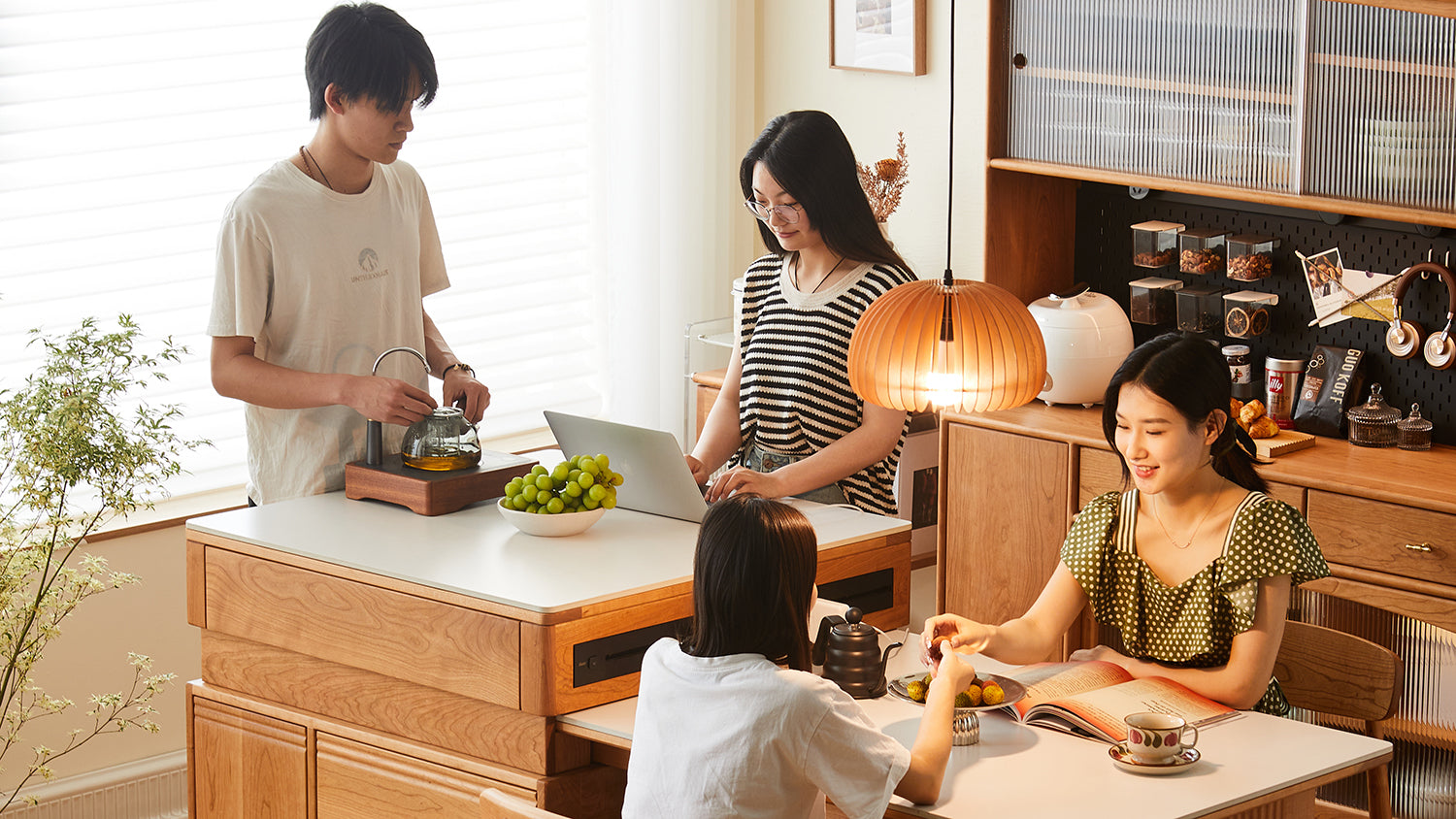

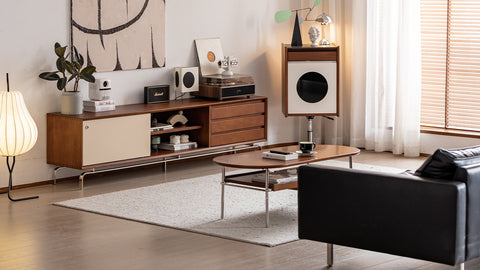

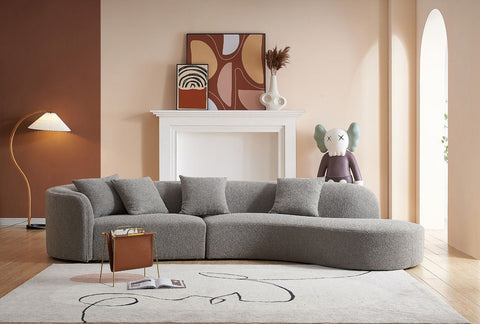
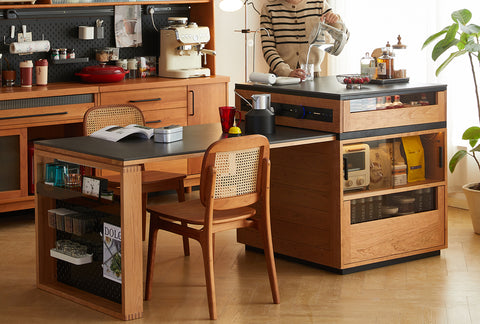
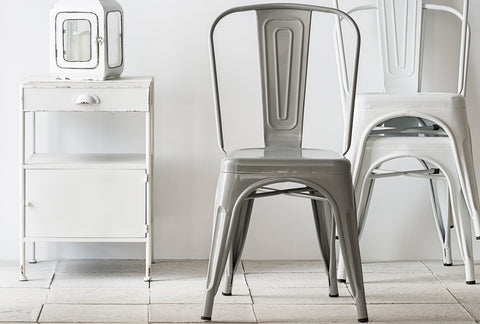
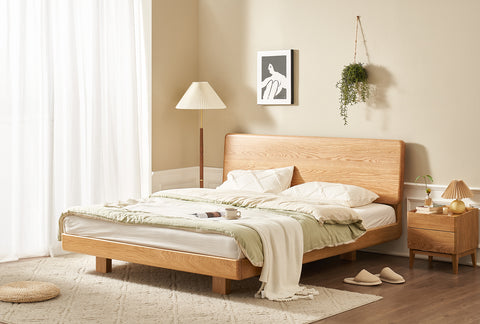
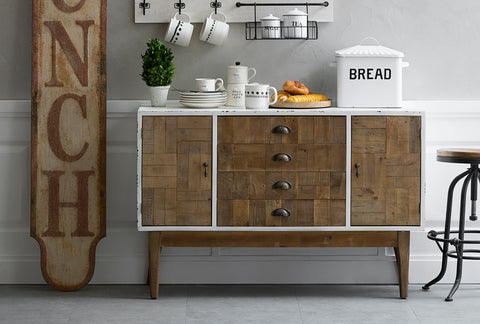




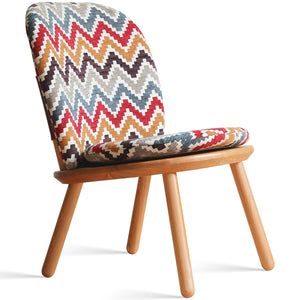
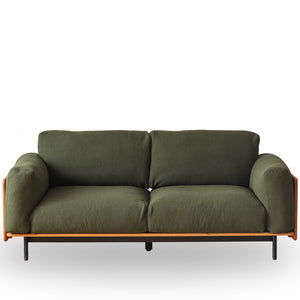
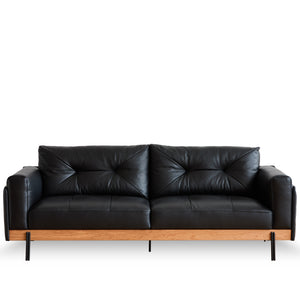
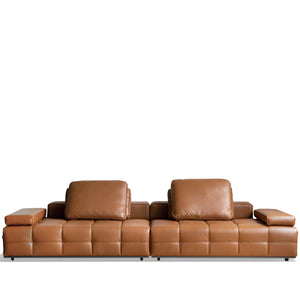
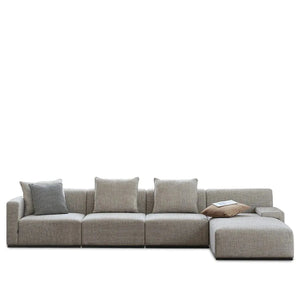
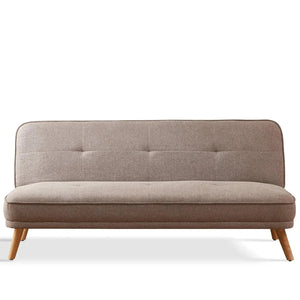
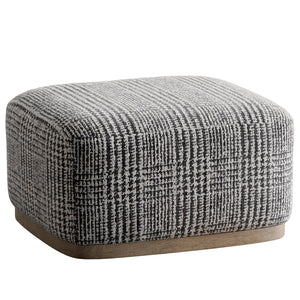
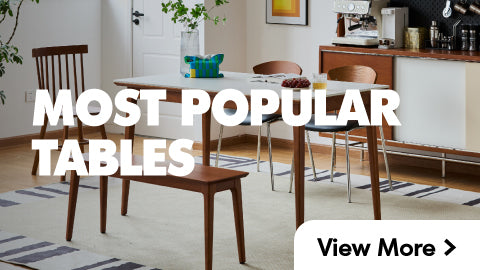
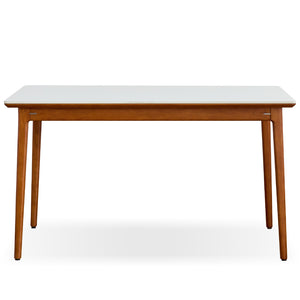
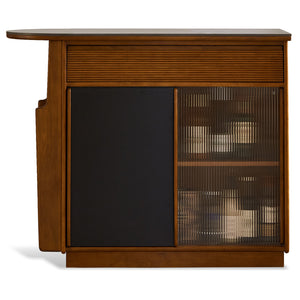
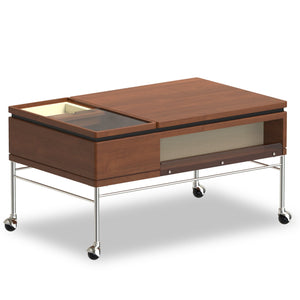
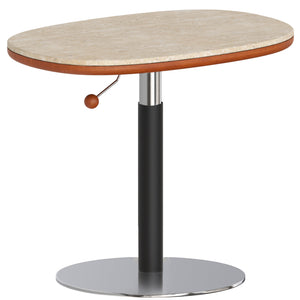
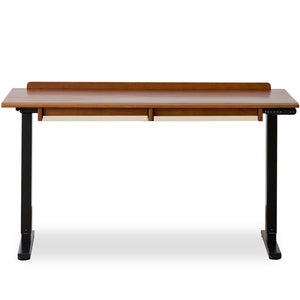
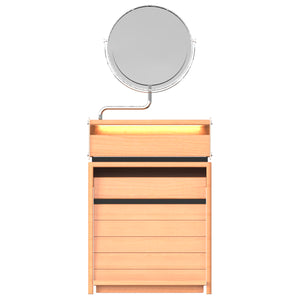

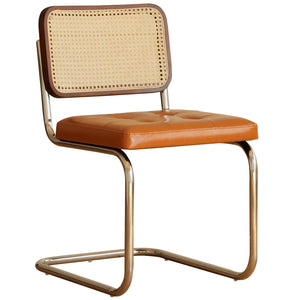
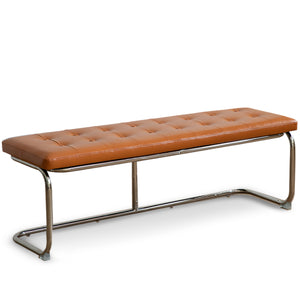
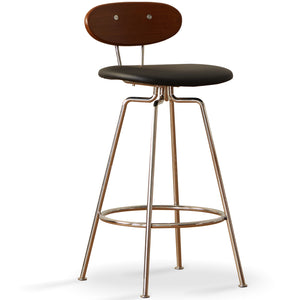

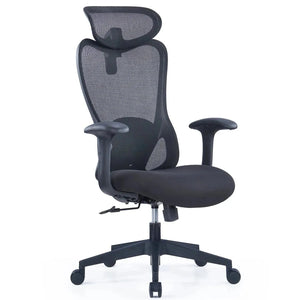

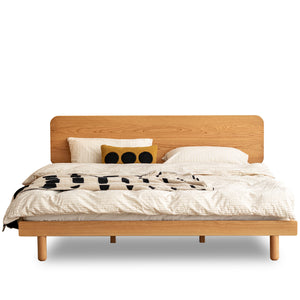
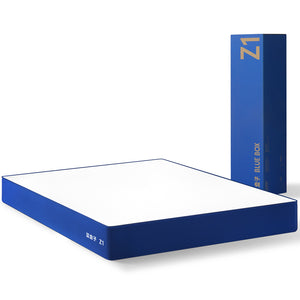

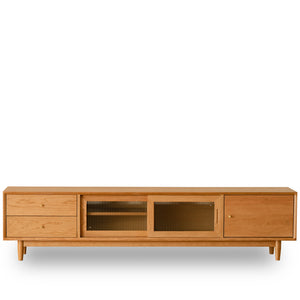
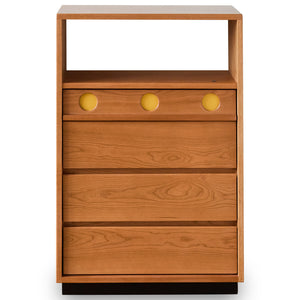
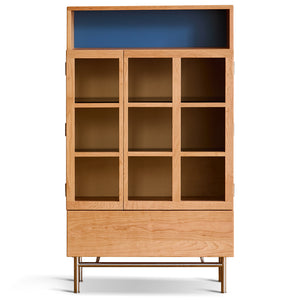
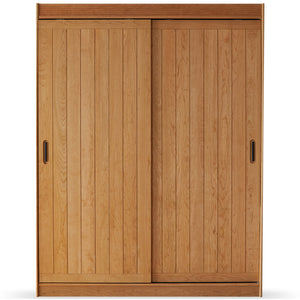
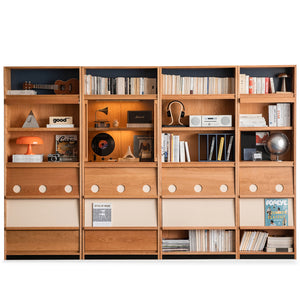

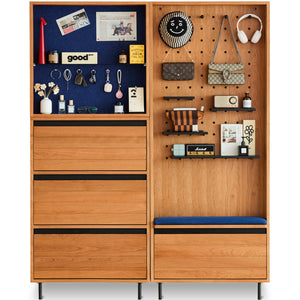
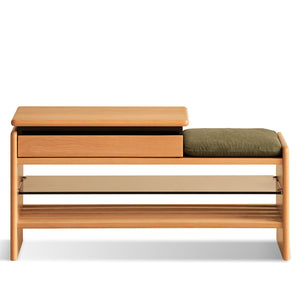
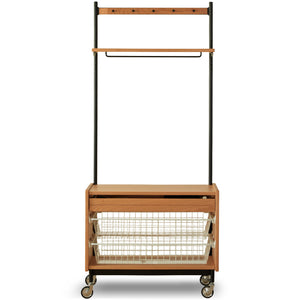
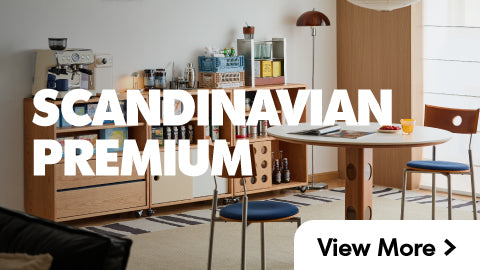






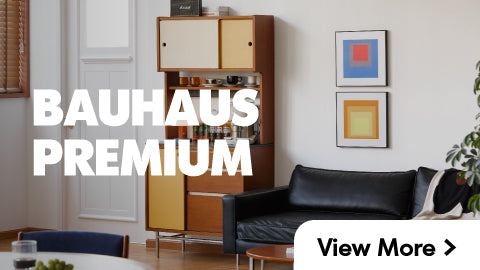














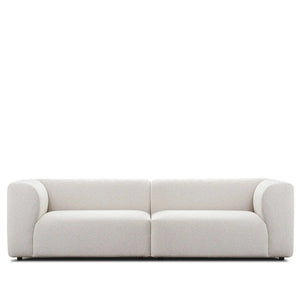




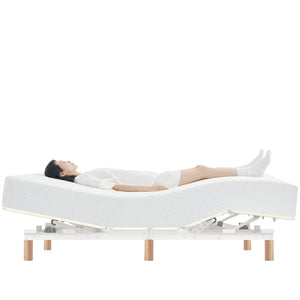
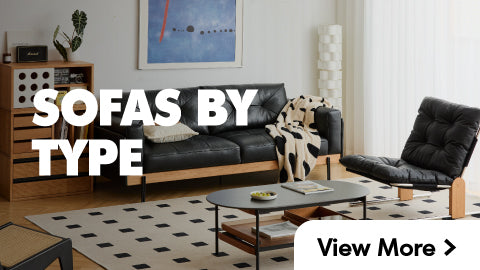
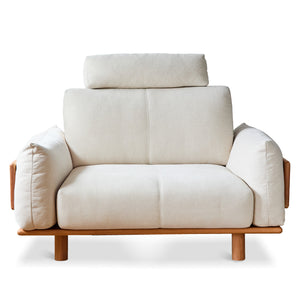

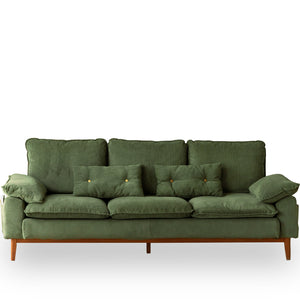
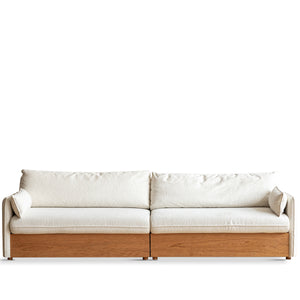
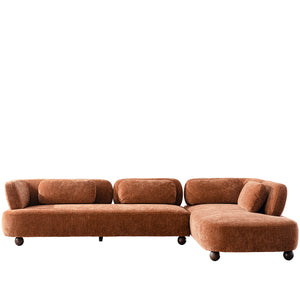
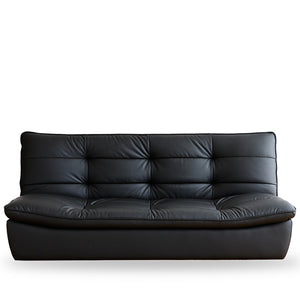
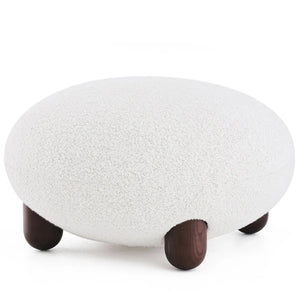
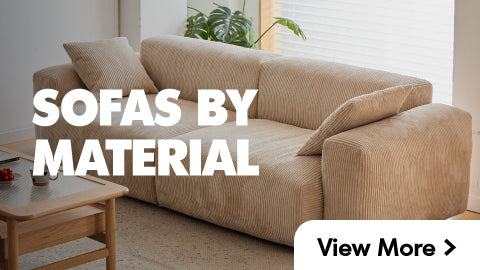
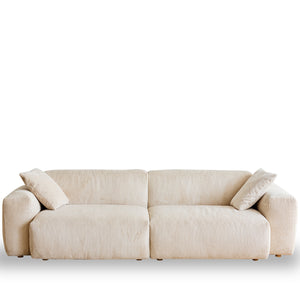
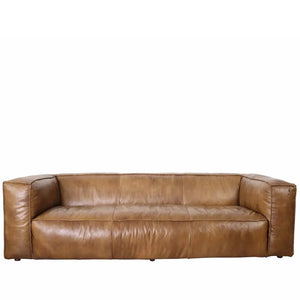
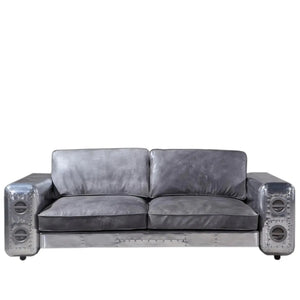
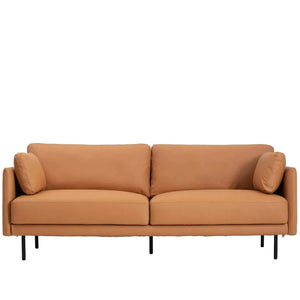
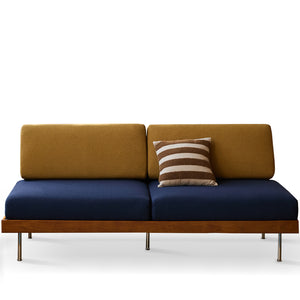
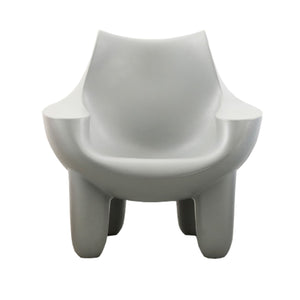


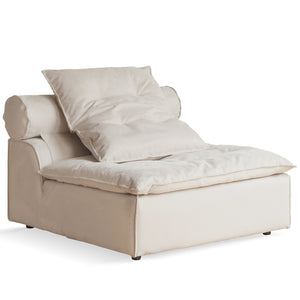

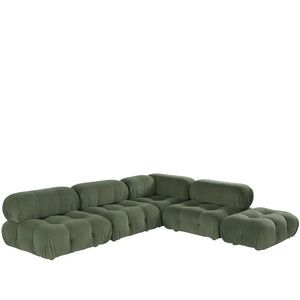
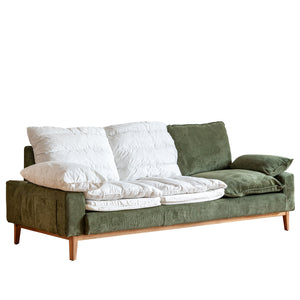
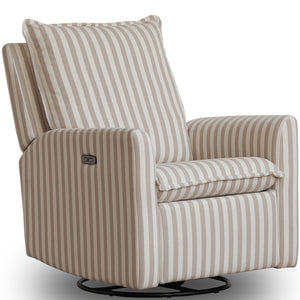
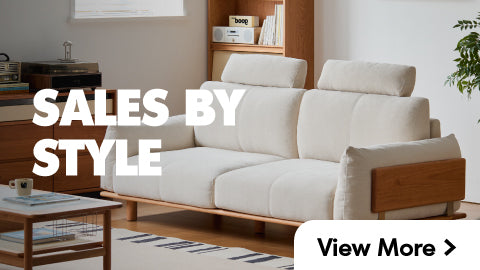
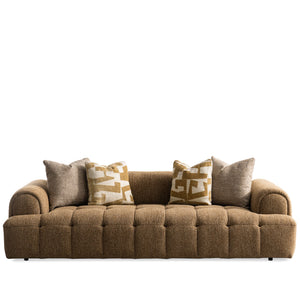

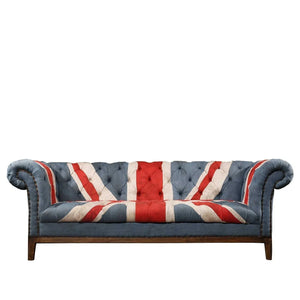
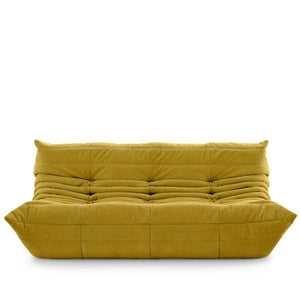
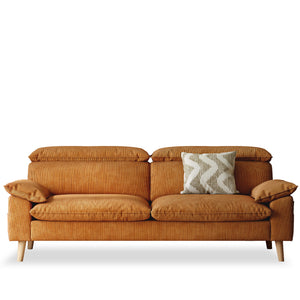
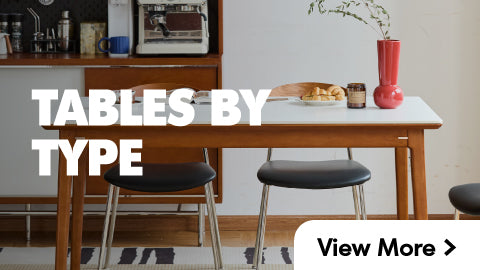
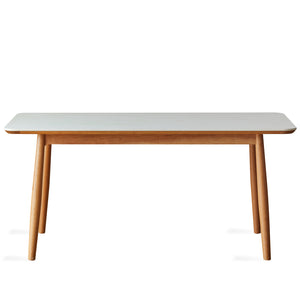
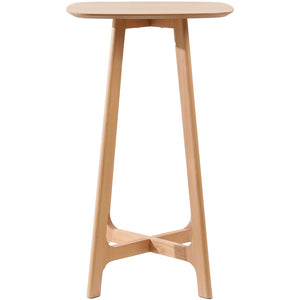
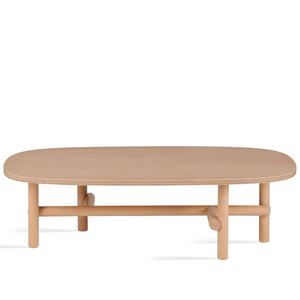
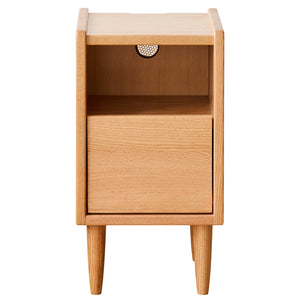
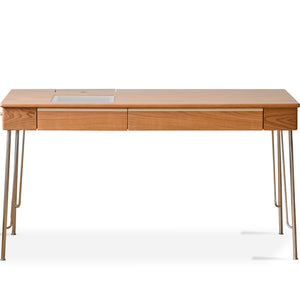
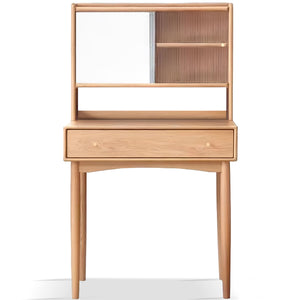
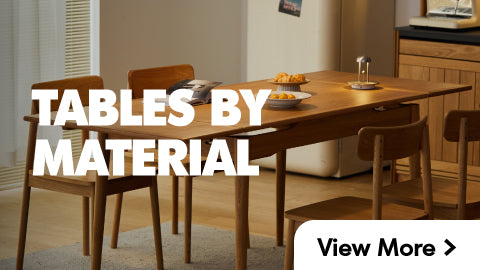
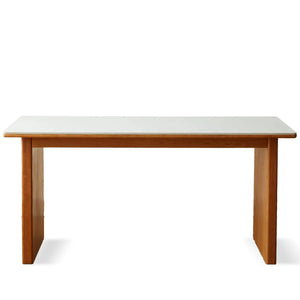
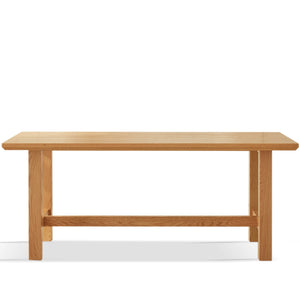
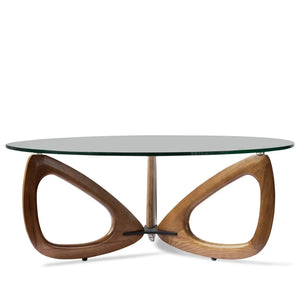
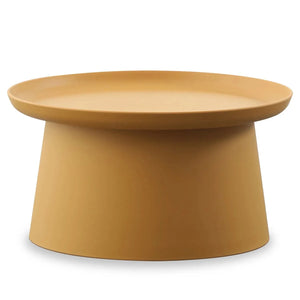

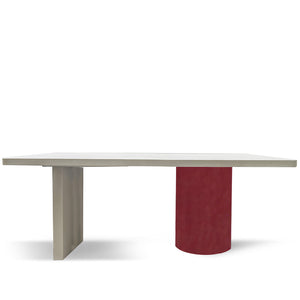
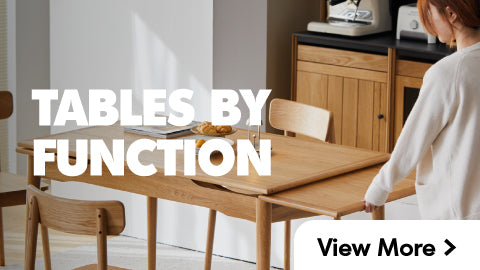
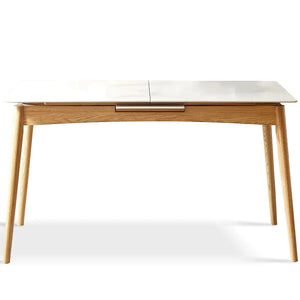
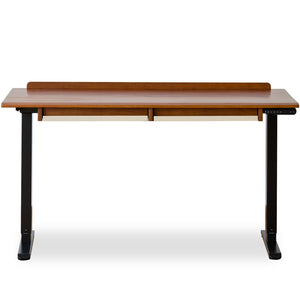
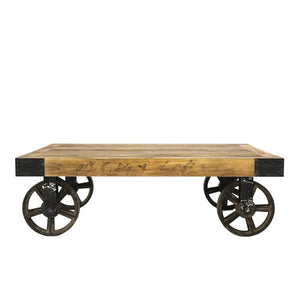

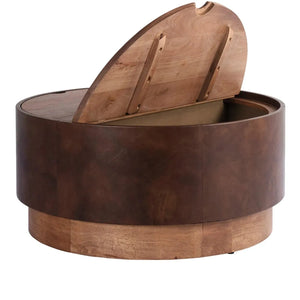
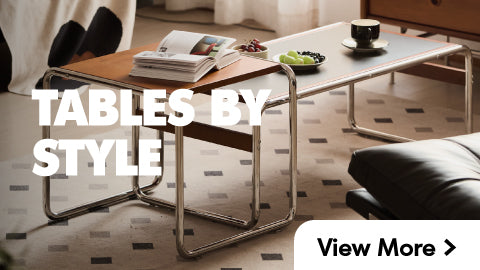
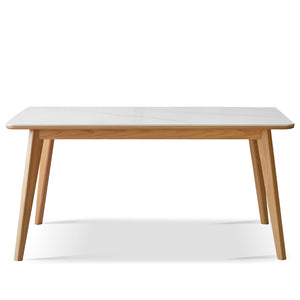

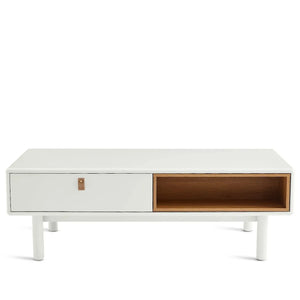
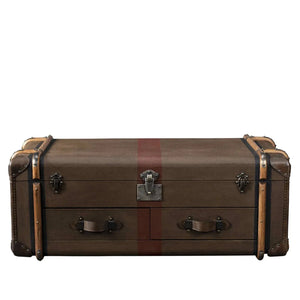
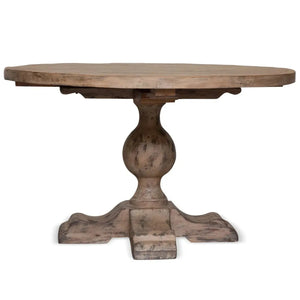
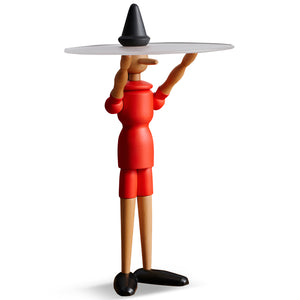
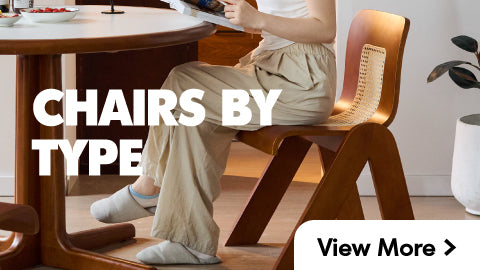
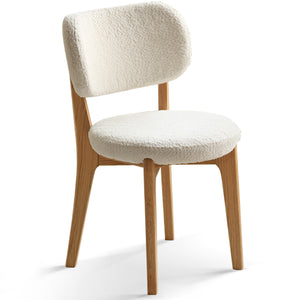
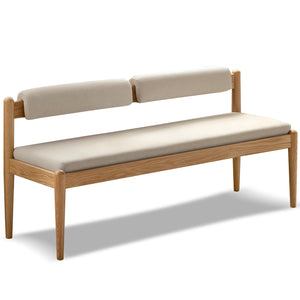
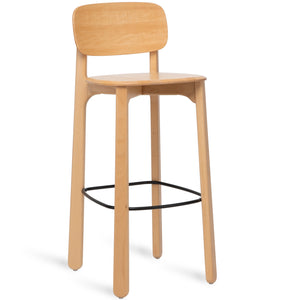
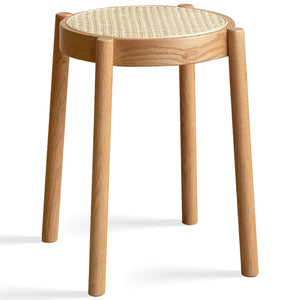
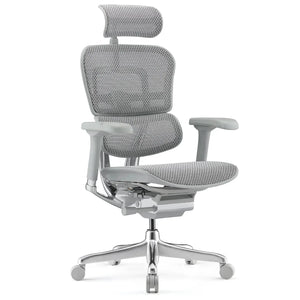
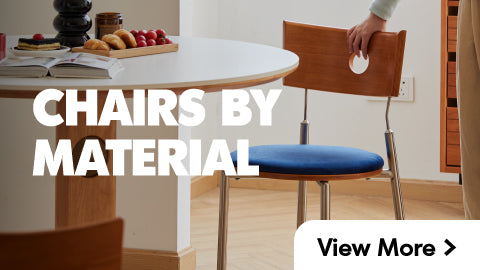
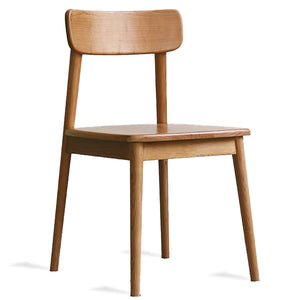
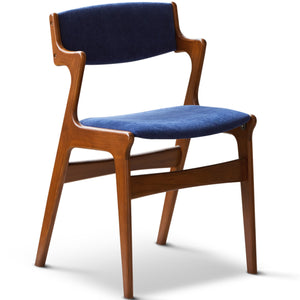
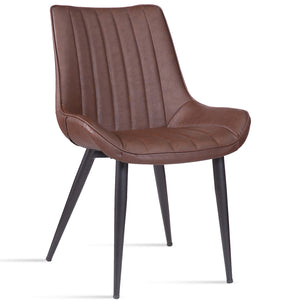
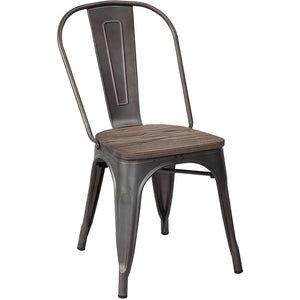
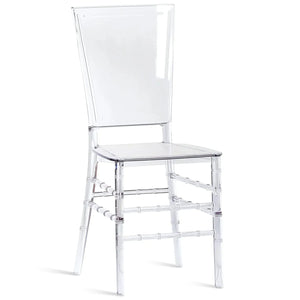
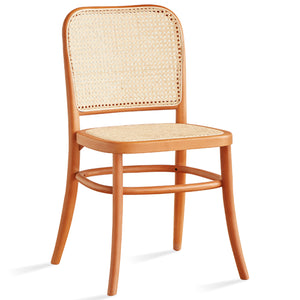
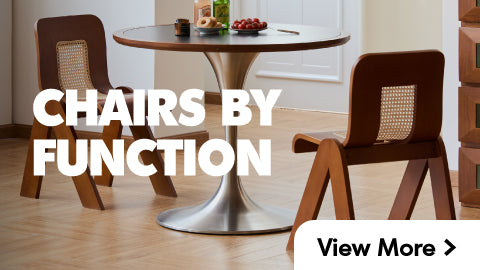
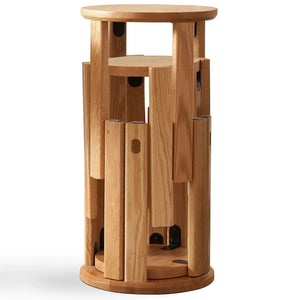

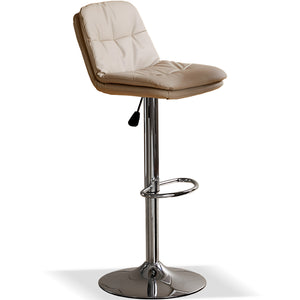
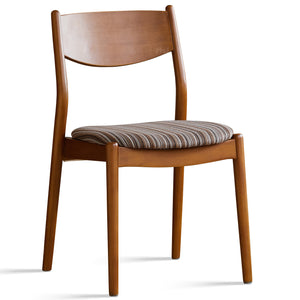
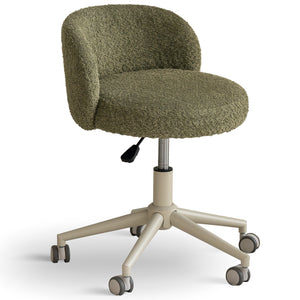
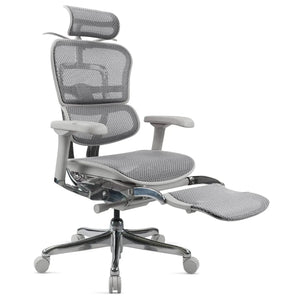
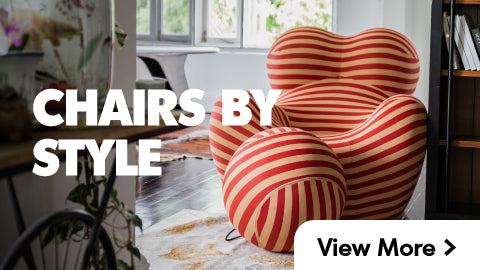
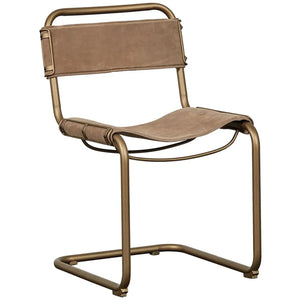
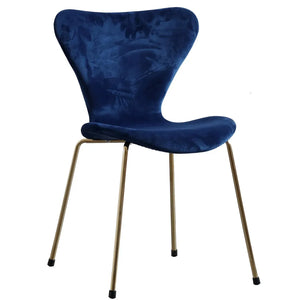
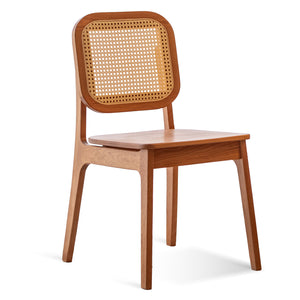
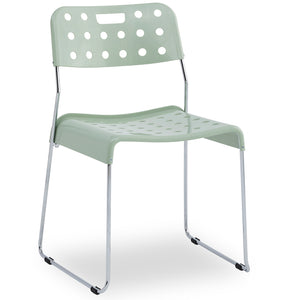
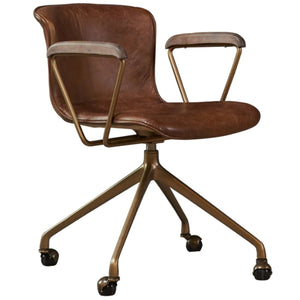

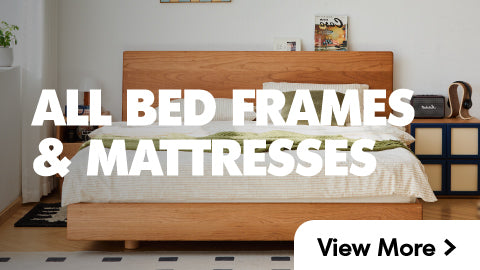
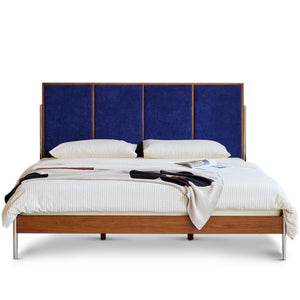
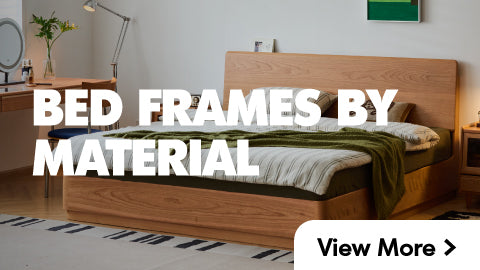
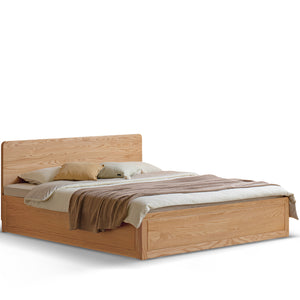
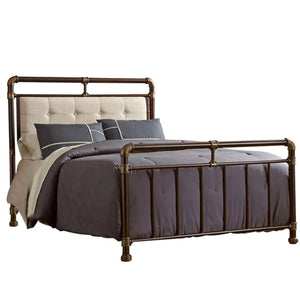
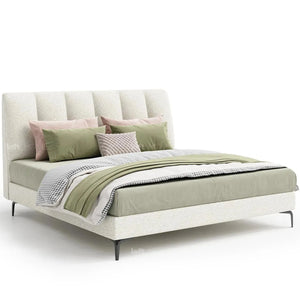
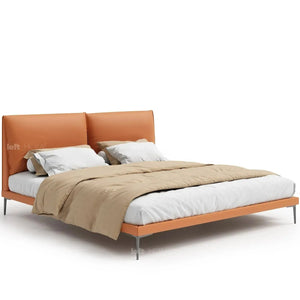
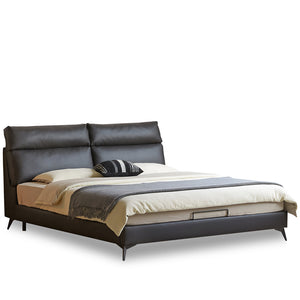
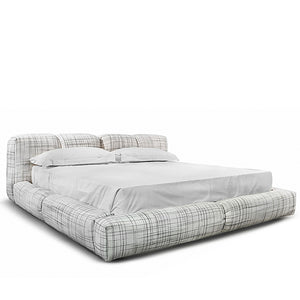
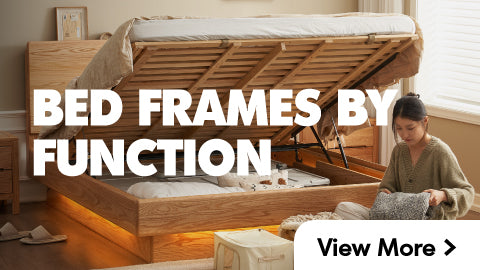
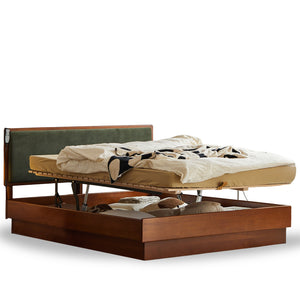


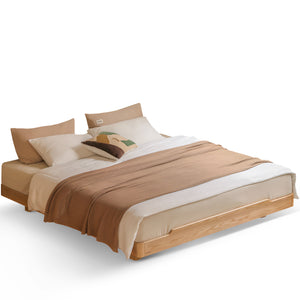
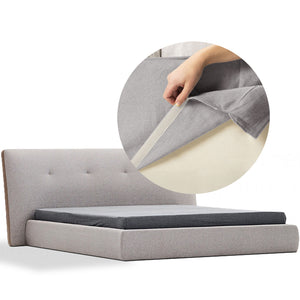
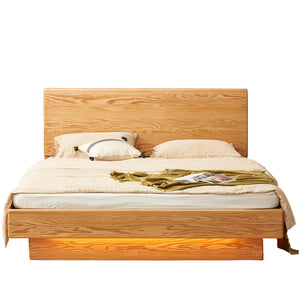
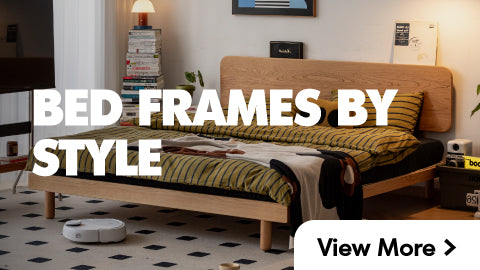
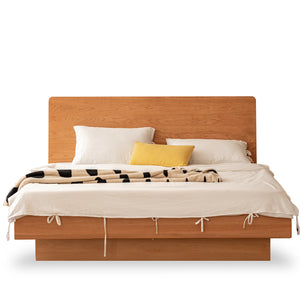
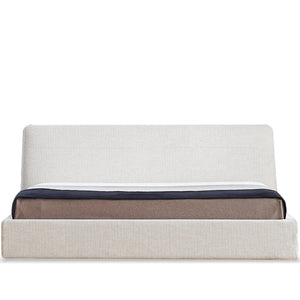
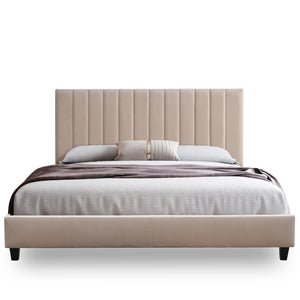
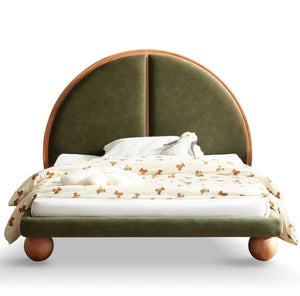
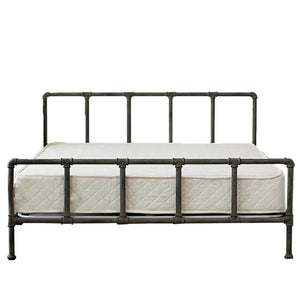
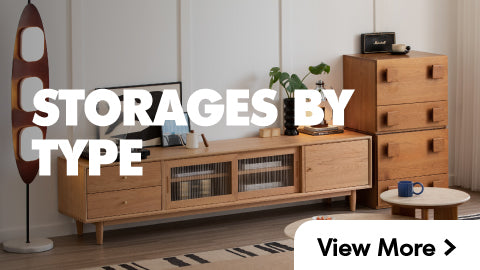
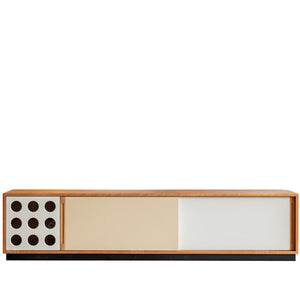

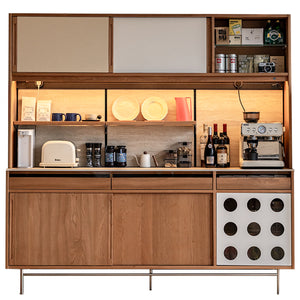
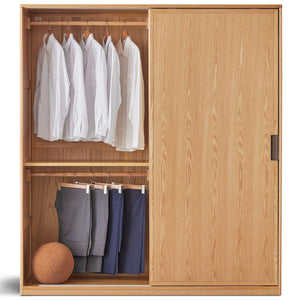
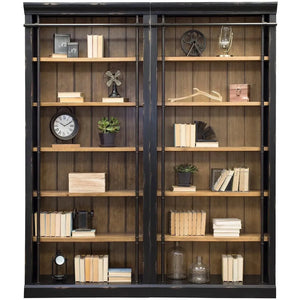
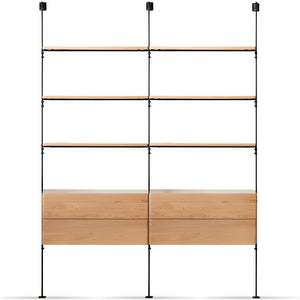
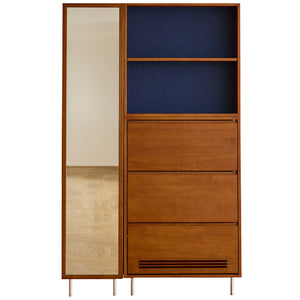
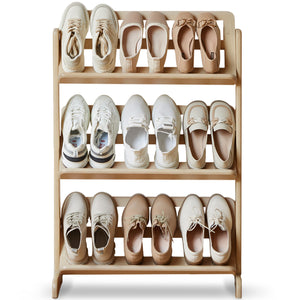
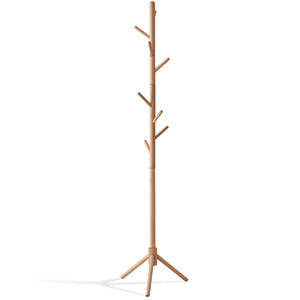
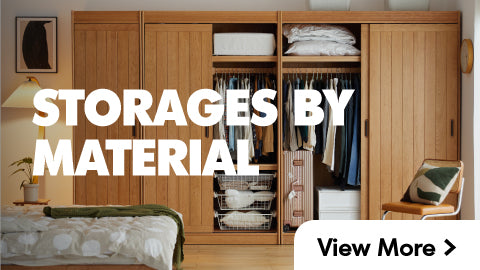
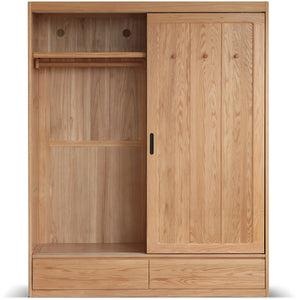
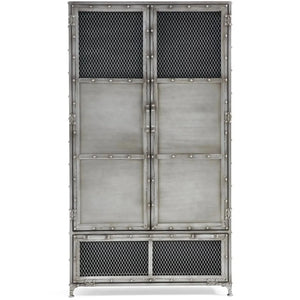
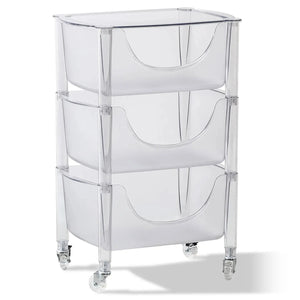
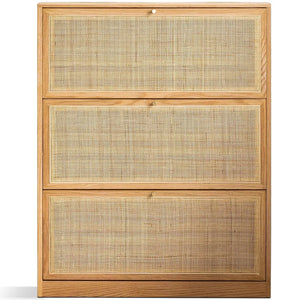
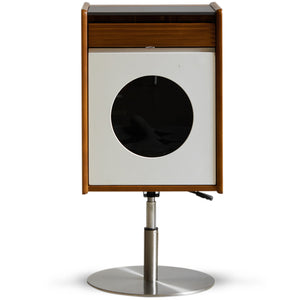
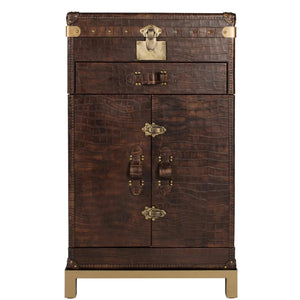

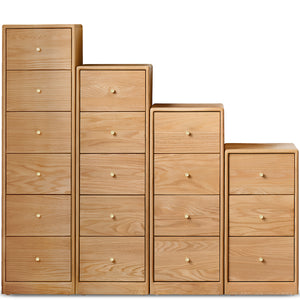
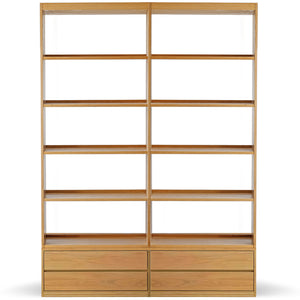
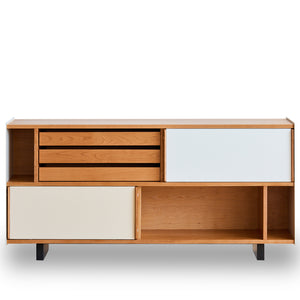
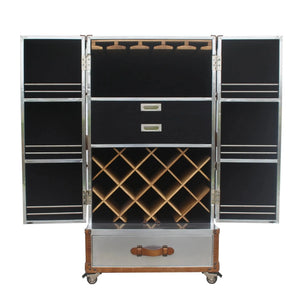
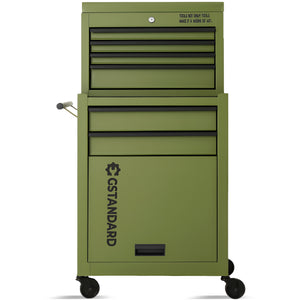

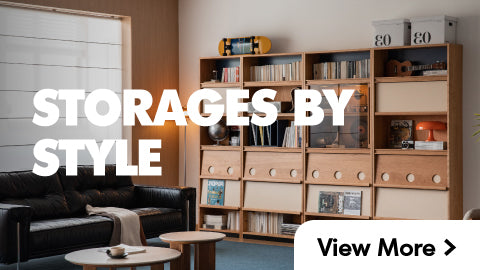
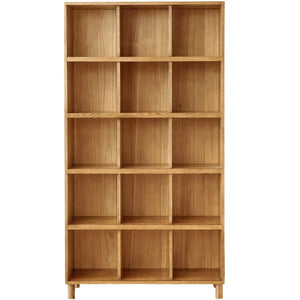

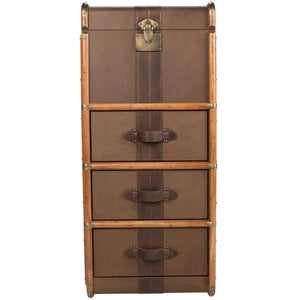
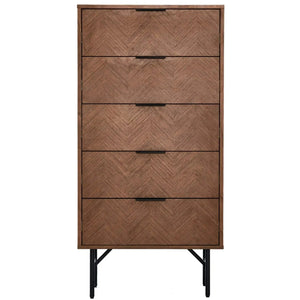
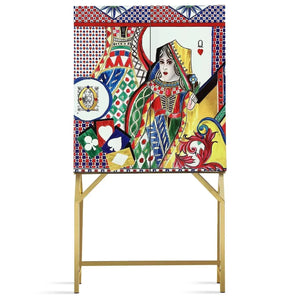
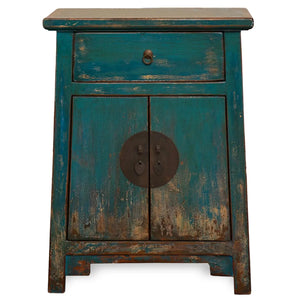


























































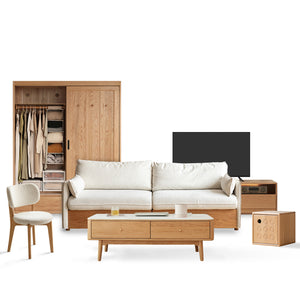
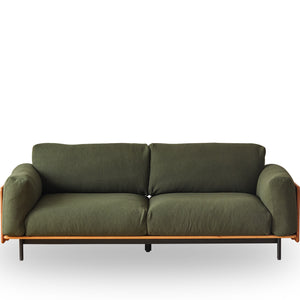
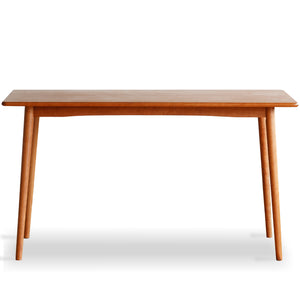
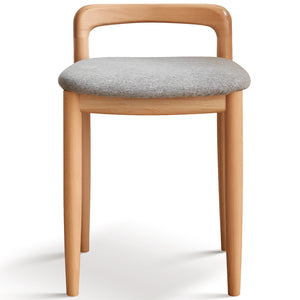
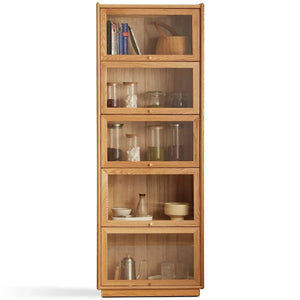
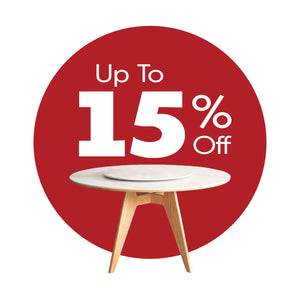
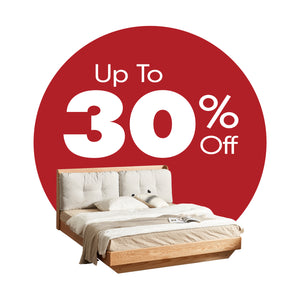

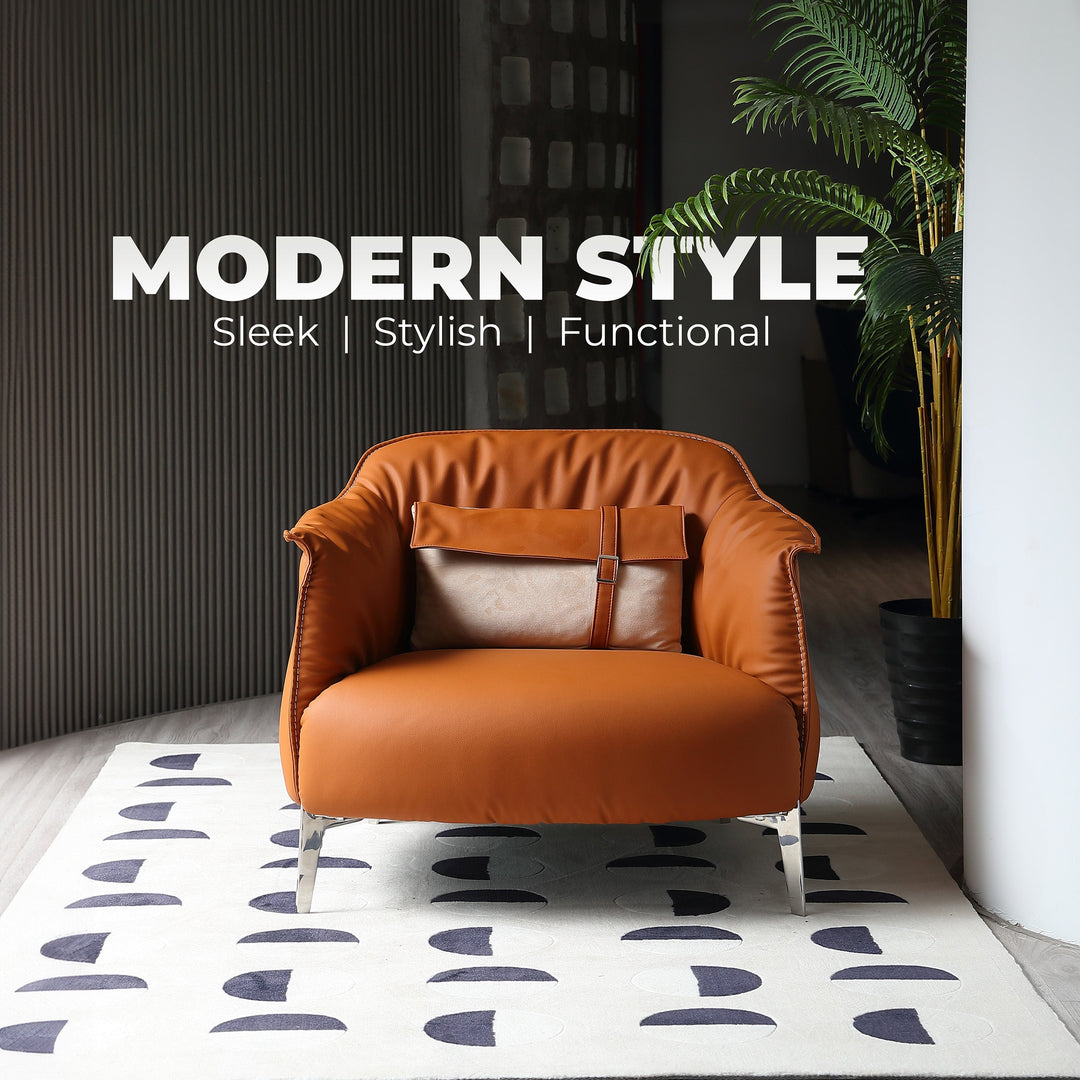
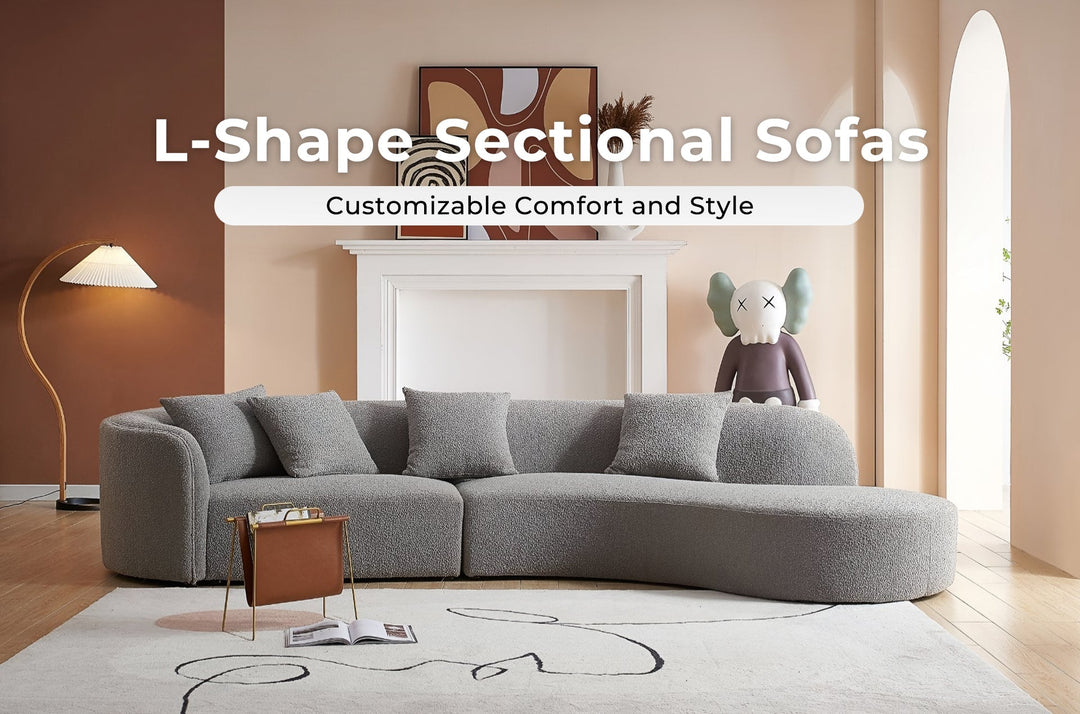

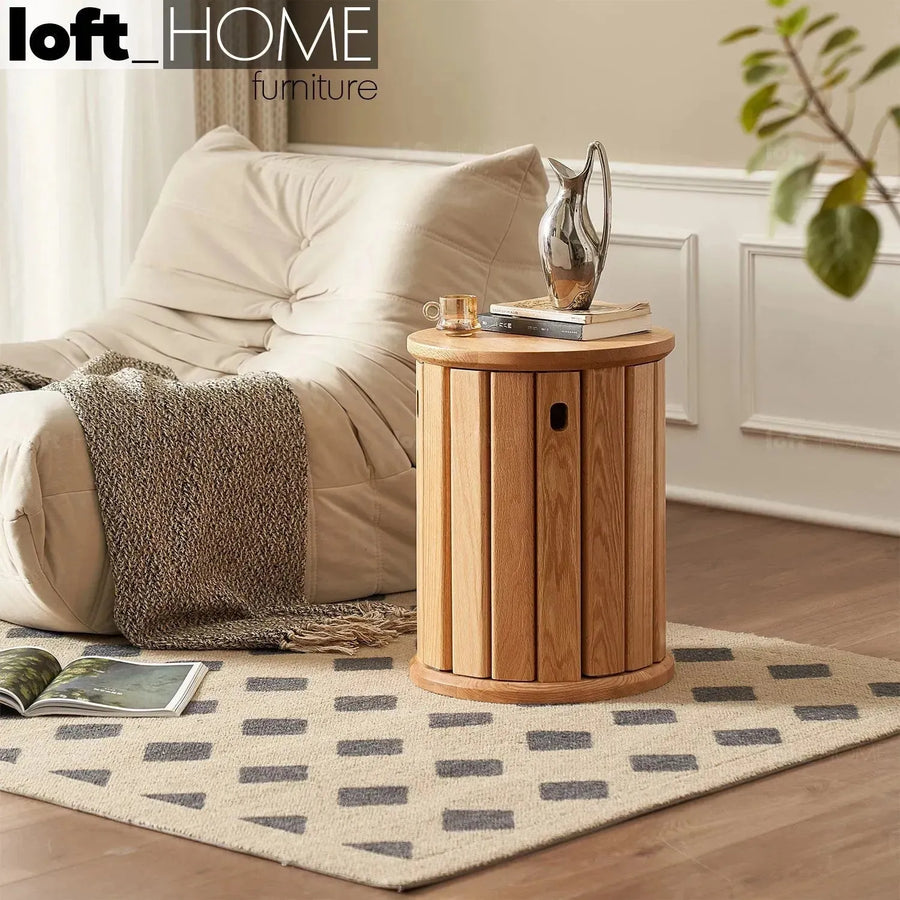
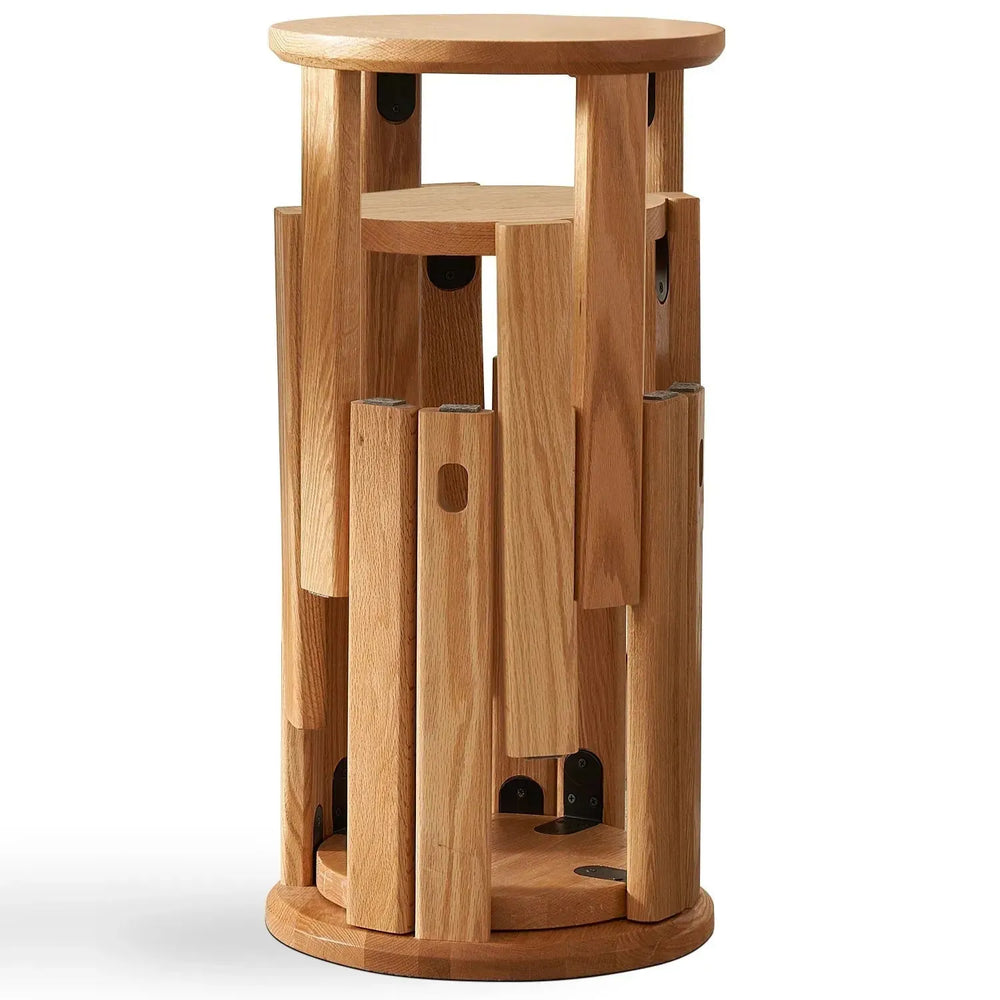



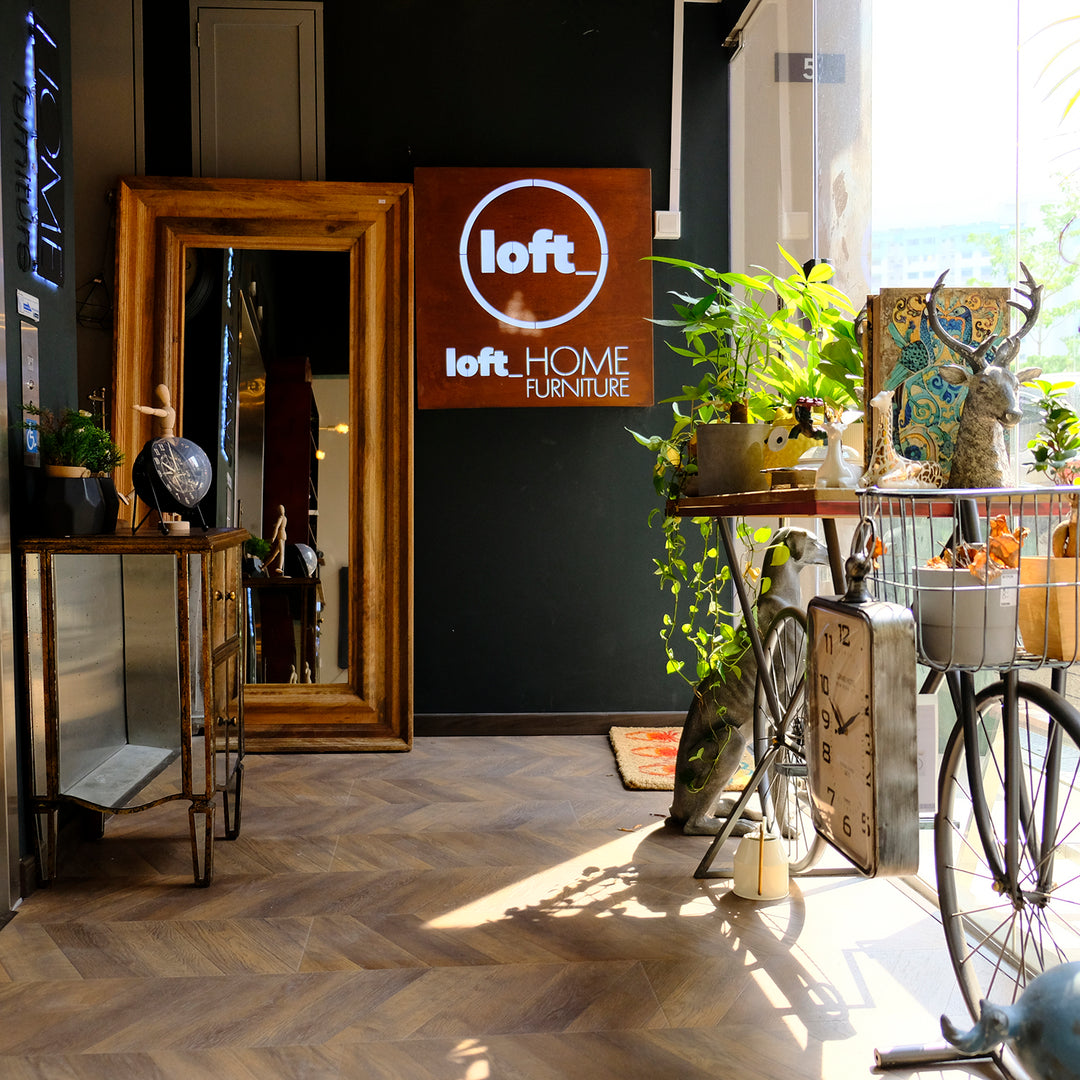
Leave a comment